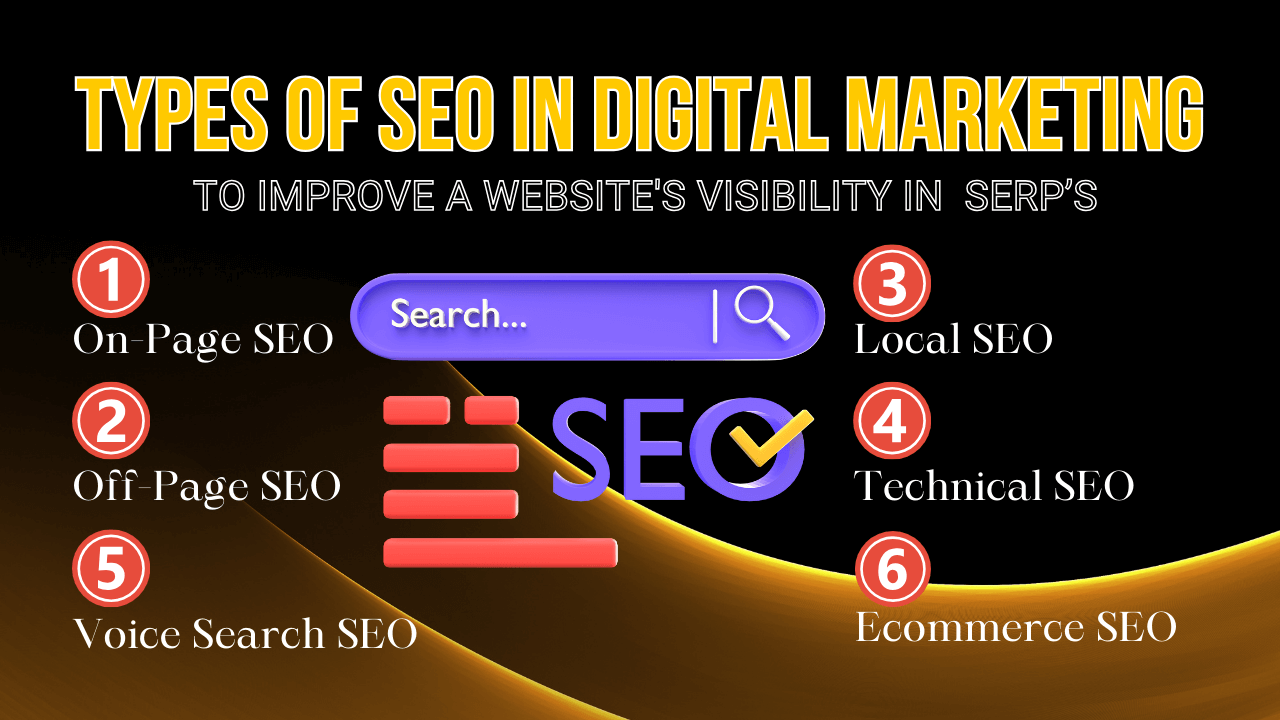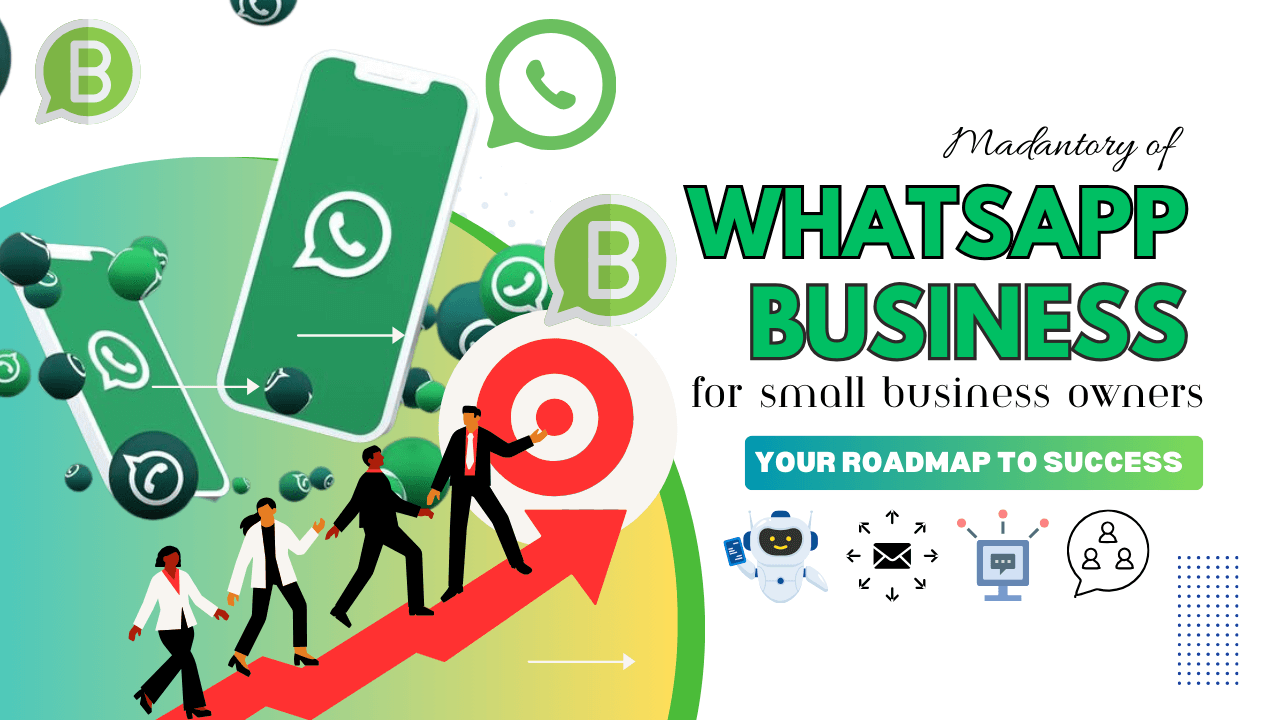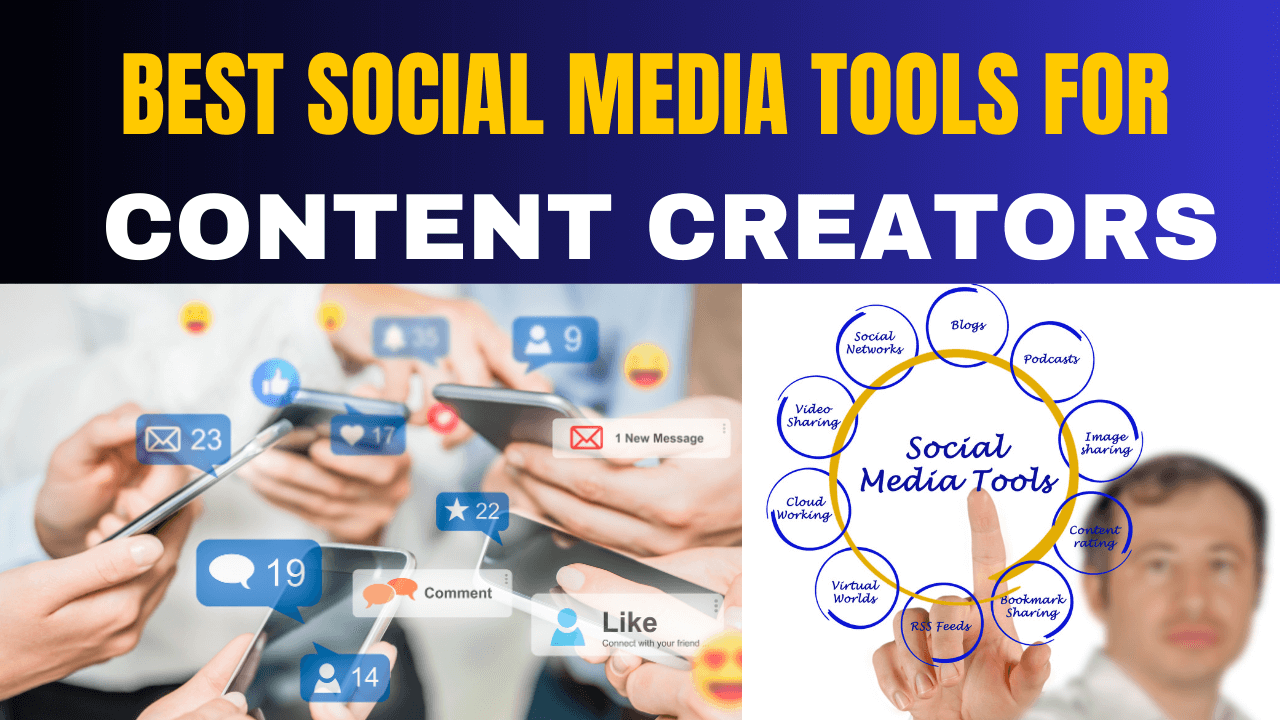Top 10 AI Marketing Apps & Benefits – Power of Artificial Intelligence
2 years agoStep-by-Step Guide: 12 Steps to Create a Marketing Plan for Business Growth
3 months ago -

Let’s face the digital challenge: marketing without a plan is like driving a car blindfolded. You don’t know where you’re going, where you’re reaching, and more than likely, you’ll crash. How to create marketing plan? A strategic marketing plan helps you achieve your goals, identify your audience, and create customized messages that work. Whether you’re a startup in Kathmandu or any place in Nepal or an e-commerce store, this 12-step how to create marketing plan is your foundation for sustainable business growth. From understanding your audience in Janakpur to optimizing TikTok content for every product/service, every action you take builds trust, visibility, and profitability.
So, if you’re a business owner, digital marketer, or startup founder in any place in Nepal, creating a localized marketing plan is more than a strategy; it’s essential. Whether you’re selling products in Pokhara, offering services in Kathmandu, or targeting Nepali audiences abroad, success begins with a clear, actionable marketing roadmap.
Table of Contents
What is a Marketing plan?
Ever tried building a house without a map or layout? That’s what running a business without a marketing plan looks like. A marketing plan is more than just a document; it is a road map for any business to growth, visibility, and profits. Whether you’re launching a new product or service or entering a new market, a clear marketing plan helps you stay focused and on track.
Importance of marketing plans for businesses
A clear marketing plan is important for any business. It is a roadmap of business for achieving success, visibility, profits, and overall business goals. It helps businesses understand business purpose, target audience, allocate budget & resources effectively, and adapt to market changes. Ultimately, a well-defined and clear marketing plan leads to increased revenue, brand awareness, and a competitive advantage.
How to Create a Marketing Plan: 12 Steps by Steps
This is a marketing plan that is short, to the point, and summarizes everything. It outlines your business goals and how your marketing will help achieve them.
Step 1: Define Your Purpose
Begin with the core reason behind your business. Ask yourself: Why did your business start? What problem are you solving? Who benefits from your solution?
- Why Are You Creating This Marketing Plan?
Before anything, ask yourself- why do you need this plan? Is it to launch a new product? Increase your brand awareness? Get more sales?
- Meeting Marketing Goals with Business Objectives
Marketing strategy should complement business goals. Want to grow revenue by 30% this year? Then your marketing must drive that growth, not distract from it.
Without a purpose, your plan is just busy work.
Step 2: Identify Your Target Audience
You need a deep knowledge of your target audience to sell virtually. If you don’t know who you’re speaking to, you can’t market effectively
- Who Are Your Ideal Customers?
You can’t target everyone. So, who are you actually trying to reach? What social platforms do they use? What kind of content do they consume?
- Building Buyer Personas
Create semi-fictional characters based on real data. Give them names, goals, and main points – make them human. This helps personalize your messaging later. Target the Customers: age, gender, location, interests, problems, and Digital behaviors.
Example Persona:
- Name: Ramesh
- Age: 35
- Lives: Kathmandu
- Profession: Small business owner
- Goals: Wants to digitize his shop
Step 3: Highlight What Makes You Different
In a competitive marketplace, your Unique Value Proposition (UVP) is everything.
- What you do
- Who you offer
- Why you’re the best choice
Your Unique Value Proposition (UVP) should communicate:
- What Makes You Different?
Your USP is your edge. It’s the reason people should choose you over someone else. Maybe it’s faster delivery, better support, or a unique design.
- How to Communicate Your USP Clearly

A USP is what makes your product, service, or brand different and better than your competitors. It’s the first reason customers should choose you. Don’t just say you’re the best. Show it with proof: testimonials, awards, stats, and results.
| Component | Description |
|---|---|
| Unique | What makes you different from competitors? |
| Benefit | What’s the clear value for your customer? |
| Memorable | Can people easily remember and repeat it? |
| Credible | Is it believable and backed by proof? |
Step 4: Conduct Market Research & Analysis
Set goals specific to the market research. Who are your competitors? What trends are shaping your industry? What do your customers really want? This section helps you answer those questions.
- Competitor Analysis
Look at 3-5 competitors. What are they doing well? Where are they lacking? What’s their messaging like?
- SWOT Analysis
Analyze your business into its Strengths, Weaknesses, Opportunities, Threats. This gives you a reality check before diving in.
Step 5: Choose Your Marketing Channels
Your target audience determines your channels.
- Inbound Marketing: SEO, blogging, and content marketing.
- Outbound Marketing: Cold emails, ads, influencer marketing.
Popular Channels:
- Facebook & Instagram (great for B2C)
- LinkedIn (ideal for B2B)
- YouTube & TikTok (video marketing)
- Email Marketing (nurturing leads)
- Google Ads (intent-based search)
Choose a Popular Channel in Nepal:
- Facebook & Instagram for local visibility
- TikTok for viral brand awareness
- YouTube for tutorials, brand stories
- Daraz & HamroBazar for product promotion
- Email, Viber, WhatsApp for retargeting
Focus on the platforms your customers actually use.
- Online vs. Offline Strategies
Will you use digital platforms like Facebook, Instagram, TikTok, Google, YouTube, or email? Or traditional tactics like flyers and billboards?
- Social Media, Email, SEO & More
Pick the channels your audience is already on. Not every channel is worth your time – focus where the ROI is highest.
Step 6: Determine Your Pricing and Positioning Strategy

Consider:
- Are you premium, affordable, or budget-friendly?
- How does your pricing compare to Daraz or local stores?
- What emotional story can justify your price?
Your pricing strategy must align with customer expectations and purchasing power.
- Tell a Story That Builds Perceived Value
People buy stories, not just products. Your price needs to reflect the story you tell, whether it’s premium, affordable, or exclusive.
- Market Positioning Examples
Think of Apple (premium tech) vs. Xiaomi (affordable innovation). Where do you fit?
Step 7: Set SMART Goals
Your goals should be:
- Specific: Tailored to your target audience
- Measurable: Trackable through data
- Achievable: Realistic for your resources
- Relevant: Aligned with your growth
- Time-bound: Set within deadlines
Example: “Generate 50 qualified leads through Facebook Ads in 30 days.”
- What Are SMART Goals?
Make a SMART Goal = Specific, Measurable, Achievable, Relevant, Time-bound.
“Get more followers” isn’t SMART Goal.
“Grow Facebook or Instagram followers by 5,000 in 3 months” is.
- Examples of Effective Marketing Goals
- Increase website traffic by 20% in Q1
- Generate 100 qualified leads per month
- Launch 3 new products by December
Clear goals help your team stay focused and track ROI.
Step 8: Create a Conversion Strategy

Once you’ve captured attention, convert it into measurable results.
Effective Tactics in Nepal:
- Use action-driven CTAs: “Call Now”, “Order via Daraz”, “Visit Us Today”
- Launch festival-specific offers (Dashain, Teej, Tihar)
- Show social proof: Real reviews from Nepali users
Urgency, trust, and localized offers boost purchase rates.
- Lead Nurturing Funnels
Turn cold leads into raving fans using email sequences, retargeting ads, and value-packed content.
- Landing Pages and CTAs That Work
Your landing pages should be clear, benefit-driven, and have a bold Call-To-Action(CTAs). No distractions. Just conversion.
Step 9: Create a Growth Strategy and Tactics
How will you reach your goals? Choose your platforms (SEO, social media, email, etc.) and layout the tactics: what will you post, promote, or publish?
To expand your business, adopt cost-effective and impactful growth techniques:
Ideas for Growth:
- Partner with local influencers in cities like Pokhara or Butwal
- Join trade fairs, exhibitions, and radio interviews (e.g., Kantipur FM)
- Provide seasonal offers and student discounts
- Use geotargeted Facebook ads
Scalable strategies keep costs low while widening your impact.
- Referral Programs
Encourage your current users to bring new ones. Offer incentives like discounts or freebies.
- Partnerships and Collaboration
Collaborate with influencers, complementary brands, or local businesses to tap into new audiences.
Step 10: Increase the Transaction Value
Marketing isn’t a one-time event; it’s an evolving process. What works in Kathmandu may not succeed in Dhangadhi. Make existing customers delighted with more value.
Upselling strategy in Nepal:
- “Buy 1, Get 1 Free” during festivals
- 10% off on your products during the anniversary
- Product bundles (e.g., Grooming kits, Dashain combo packs)
- Tiered pricing for bulk orders
- Offer annual subscriptions or loyalty memberships
When customers feel rewarded, they buy more and return often.
- Upselling and Cross-Selling
Offer a premium version or a bundle deal. Think McDonald’s: “Would you like fries with that?”
- Customer Loyalty Tactics
Loyal customers spend more. Use rewards programs, exclusive offers, or birthday surprises to keep them coming back.
Step 11: Set a Marketing Budget
A plan without a budget is wishful thinking. Determine:
- Monthly/quarterly marketing spend
- Tools/software subscriptions
- Human resources (freelancers, agencies)
Make sure every dollar spent aligns with business objectives.
- Allocating Budget Wisely
Using your entire budget on one campaign is not wise. Allocate the budget based on past performance and testing.
- Tracking ROI on Every Channel
Always ask: for every $1 spent, how much are you making ROI back?
Step 12: Track Performance and Improve
You cannot improve unless you can track the performance. Who’s responsible? What happens when? Set deadlines and hold your team accountable. Data drives smarter decisions.
Tracking Tools in Nepal:
- Meta Business Suite – Monitor Facebook and Instagram campaigns
- Google Analytics – Analyze website traffic and user behavior
- TikTok Ads Dashboard – Review performance metrics
- Daraz Seller Dashboard – Track e-commerce orders and engagement
Insights help improve your campaigns and maximize performance.
- Using KPIs and Analytics
Track key metrics like: Website traffic, Conversion rates, Email open rates, Engagement rate, Click Through Rate, Cost per lead/sale.
- Pivoting When Necessary
If something doesn’t work, don’t panic – pivot. The best marketers are flexible.
Real-World Marketing Plan Examples
Example 1: Small Local Restaurant
Goal: Increase foot traffic by 25% in 6 months.
Target Audience: Urban families, office workers, and tourists.
Strategy:
- Local SEO optimization (Google My Business, TripAdvisor)
- Loyalty card system
- Run Facebook & Instagram promotions
- Partner with food delivery apps
Example 2: E-commerce Fashion Brand
Goal: Boost online sales by 40% in Q4.
Target Audience: Millennials and Gen Z, fashion-aware buyers.
Strategy:
- Influencer marketing
- Email marketing for cart abandonment
- Instagram shopping features
- Flash sale campaigns
Example 3: SaaS Startup
Goal: Generate 1,000 signups in 3 months.
Target Audience: Small business owners and freelancers.
Strategy:
- Free trial with limited features
- Targeted LinkedIn ads
- Content marketing via blogs and webinars
- Affiliate program
Example 4: Real Estate Agency
Goal: Get 30 new leads per month.
Target Audience: First-time home buyers and property investors.
Strategy:
- Facebook Ads with lead capture
- Property showcase videos on YouTube
- Monthly email newsletter
- Partner with mortgage brokers
Example 5: Nonprofit Organization
Goal: Raise $50,000 in donations for a water project.
Target Audience: Socially conscious donors aged 25–55.
Strategy:
- Storytelling videos showing real impact
- Email and SMS donation drives
- Collaborations with influencers
- Launch a viral hashtag campaign
Tools and Templates for Marketing Plans
Use these tools and templates for a marketing plan:
- Google Docs/Sheets: Free and shareable
- Trello/Asana: For action plans
- Canva: To design your marketing funnel
- HubSpot Templates: Detailed and industry-specific templates
Common Mistakes to Avoid
Even great marketers fall into these traps:
- Skipping customer research
- Setting vague goals
- Not tracking performance
- Focusing on too many platforms at once
- Forgetting the follow-up
Conclusion
Creating a marketing plan isn’t just a corporate phase – it’s your roadmap to success and growth. With a clear purpose, defined audience, strong strategy plan, and a performance-driven mindset, you’re already ahead of 80% of businesses out there.
FAQs
What is the best format for a marketing plan?
A clear, easy-to-find document with sections for goals, audience, strategy, budget, and metrics. Google Docs or PDFs work best format for a marketing plan.
How often should I update my marketing plan?
Ideally, every quarter. At a minimum, revisit it yearly or whenever major changes occur in your business.
Do I need a big budget to create an effective marketing plan?
Not at all. Many startups succeed with limited budgets by being creative and focused.
What tools can help me with marketing planning?
Try tools like Trello for planning, Google Analytics for tracking, and Canva for content creation.
Can I skip competitor analysis?
You can, but you’ll miss valuable insights. Competitor research shows you what works and what to avoid.
How long should a marketing plan be?
Length isn’t the goal. Focus on clarity. A 5-10 page actionable plan is better than a 50-page long document nobody reads.
What’s the difference between a strategy and a tactic?
Strategy is the overall plan and focuses on long-term growth (“we’ll grow via social media”), while tactics are the specific methods or actions (“we’ll post reels 3x/week”).
- Step-by-Step Guide: 12 Steps to Create a Marketing Plan for Business Growth
- How to Optimize for Zero-Click Searches? Is It Bad for SEO?
- Metaverse Marketing: Social Media Marketing in the Metaverse
- What is On Page Optimization? Keyword, URL, Meta Tags, ALT Tags & MORE!
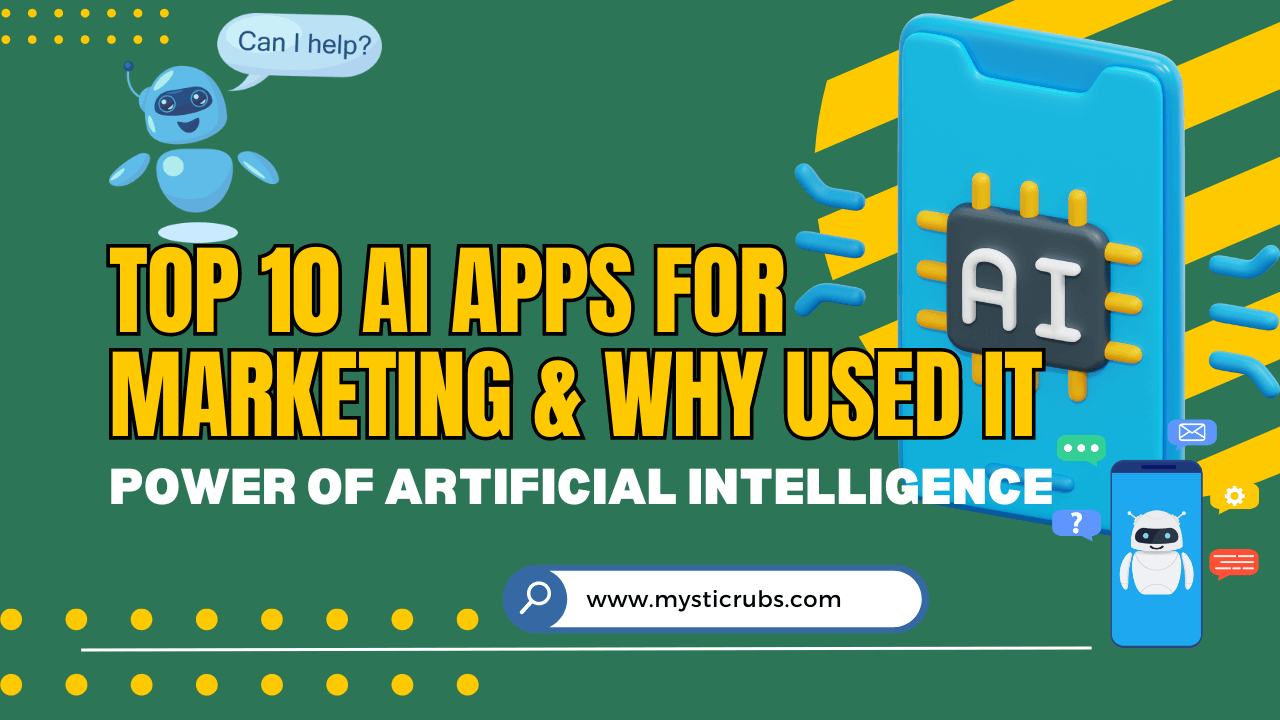
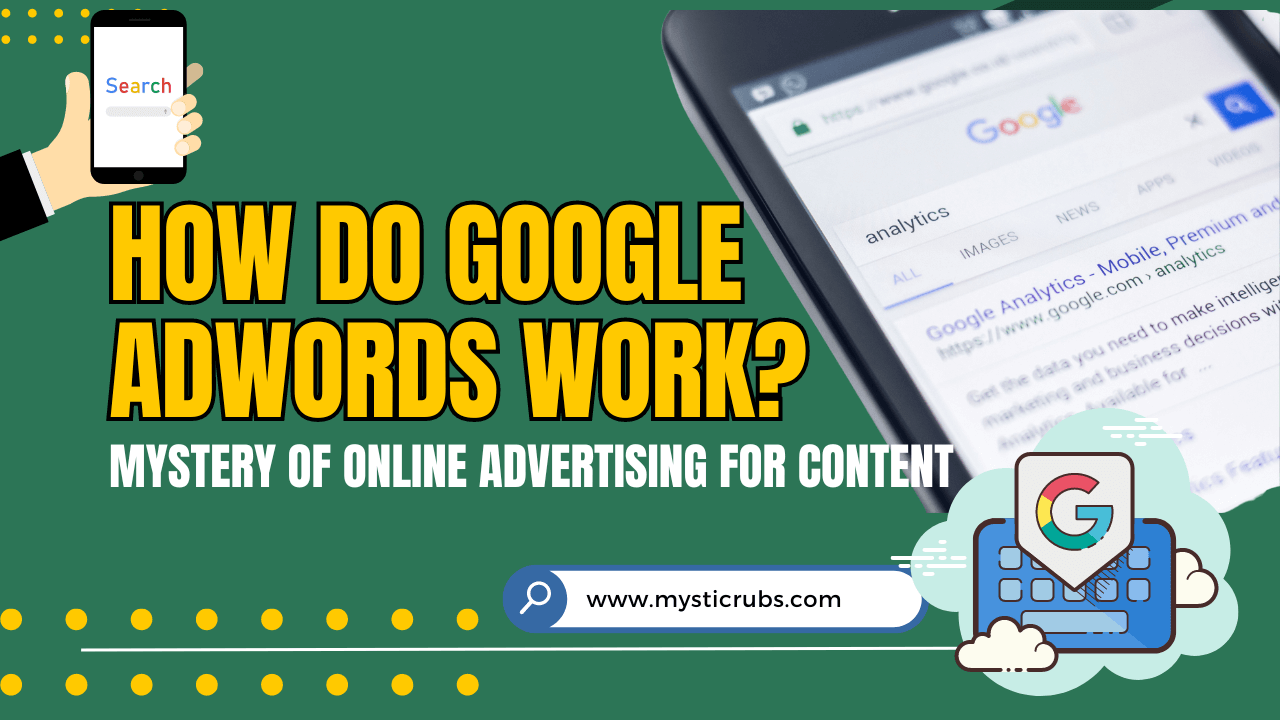
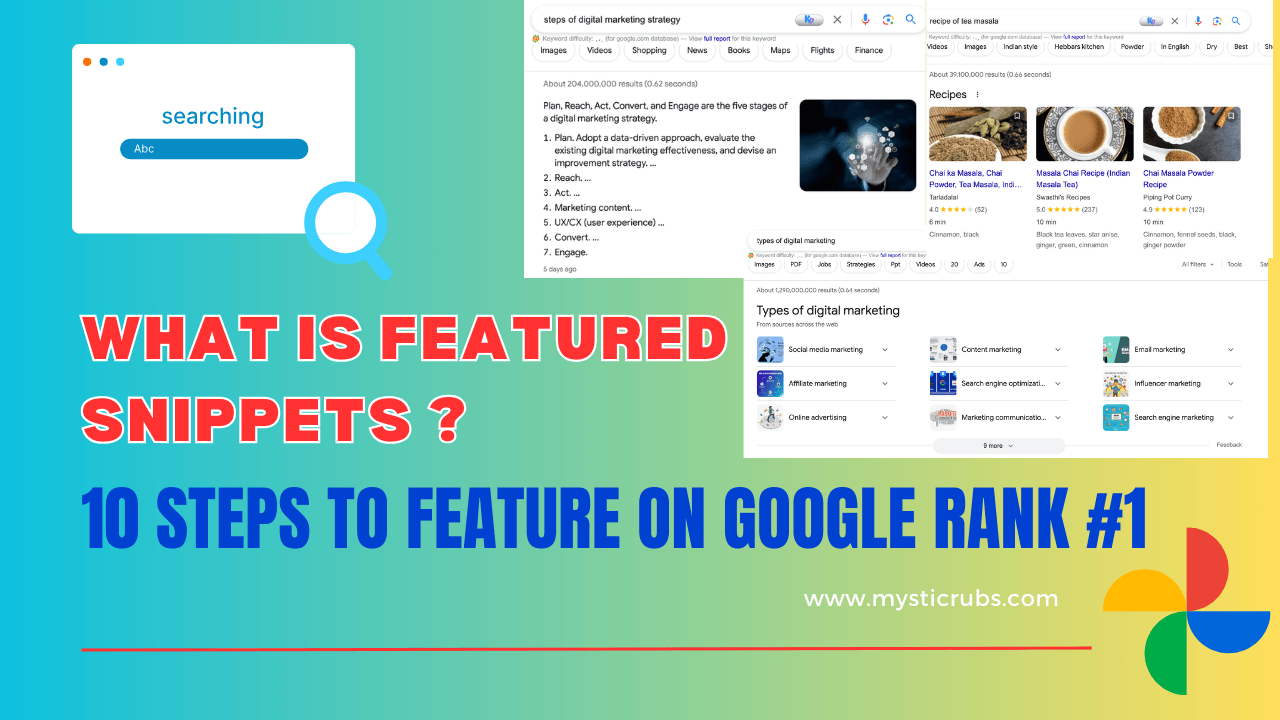
![[2025 Updated] Top 10 Digital Marketing Agencies in Nepal Ranked!](https://mysticrubs.com/wp-content/uploads/2022/05/top-10-digital-marketing-company-in-nepal.png)
